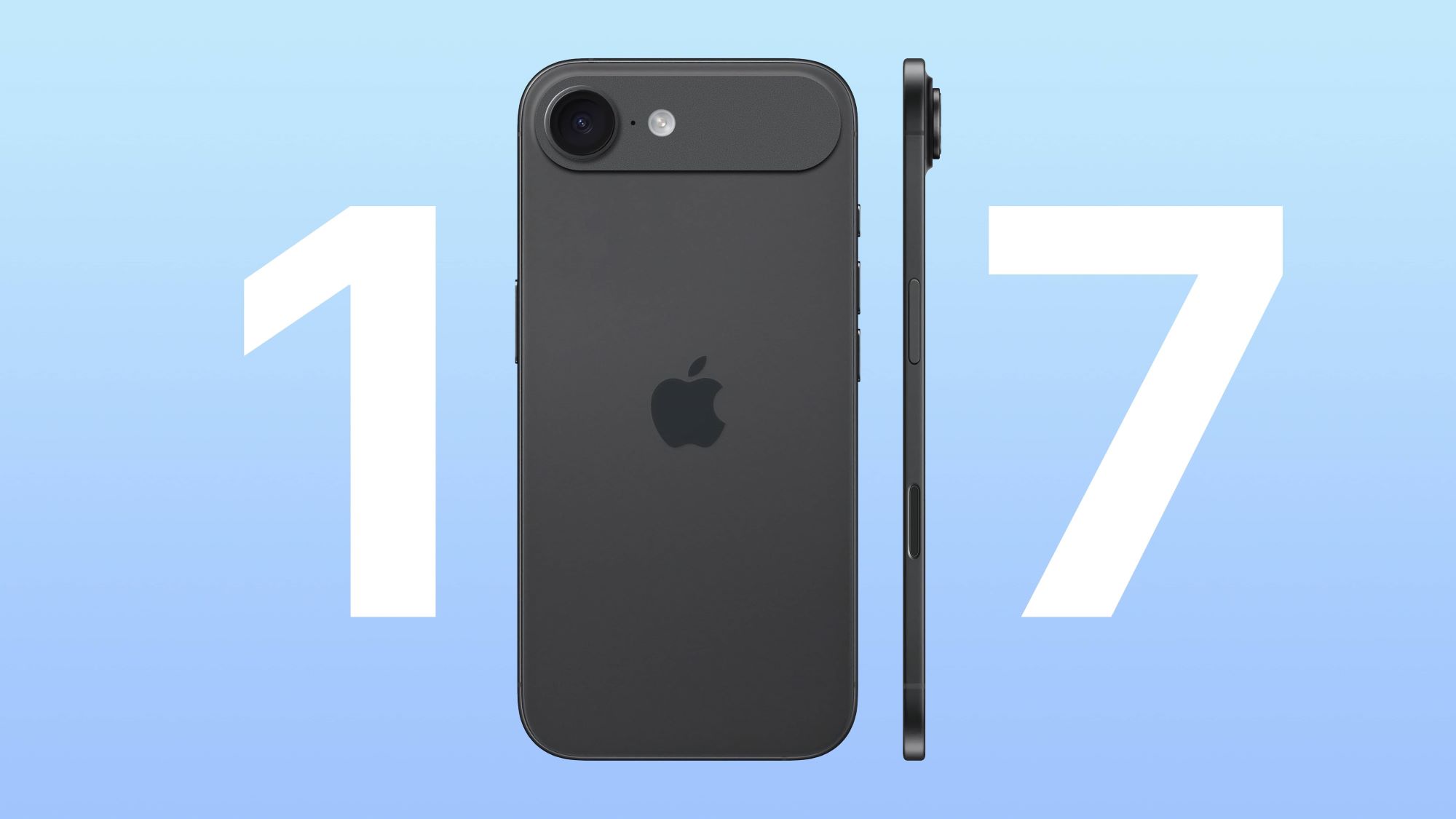The Rosetta spacecraft, owned and operated by the European Space Agency announced this week that the landing of the smaller Philae craft would take place on Wednesday, confirming what has been in the works since August. The probe will descend onto Comet 67P/Churyumov-Gerasimenko from 20km away, and if all goes as planned will land on 67P just 7 hours later.
When the smaller craft makes its landing on Comet 67P, it will be the first landing on a comet in space travel history, but will immediately need to begin making moves to secure itself to the surface. The craft will deploy screws and harpoons which should secure the craft to ensure that data collection can begin.

On Wednesday confirmation of a successful landing isn’t expected until 1600 GMT, and around that time the craft will begin taking photos of the immediate surroundings. This will be the first time humans have seen on the surface of a comet, or what the surroundings look like from the perspective of a comet. Scientists have been very curious about the build of the comet, and sited interest in discovering what the deeply pitted surface looks like.
However, something everyone, including scientists have been keeping in mind throughout this entire process is that it is a highly uncertain set of circumstances ahead for both crafts. While the Rosetta craft will not get close enough to face any damage itself, the smaller Philae craft, which is set to do the landing on the surface of the comet – could face serious consequences. The craft could be totally destroyed before it even gets to the surface. It could hit any of the various cliffs or large rocky surfaces – or fall into what is known as a fissure.
The payout is obvious. This would give scientists the first opportunity ever seen before to successfully sample the surface of a comet. While there is a lot of risk involved, this is something that scientists have weighed heavily, and even evaluated on abandoning, but as conditions have remained favorable, and a somewhat stable landing spot was found earlier – scientists are comfortable with proceeding – as the reward far outweighs the risk.
Ultimately scientists hope that they can learn more about the original core materials that went into building the solar system, and consequently the planets. Learning more about the origin of the universe is something that scientists have long grappled with learning more about.



